According to research firm IBISWorld, the market size of the U.S. dental industry is approximately $138 billion, with more than 189,000 businesses operating in the space. Competition over the past few years has increased, but the industry has been greatly affected in recent months by COVID-19.
The close proximity required between patient and dentist, as well as some of the tools dentists use to provide their services, has made going to the dentist — like most other things — a complicated and somewhat risky prospect. As a result, revenue for the dental industry is projected to decline by 1.5 percent in 2020.
It goes without saying, then, that marketing is more important than ever. Prospective patients need to know you exist, and you need to position your practice in a way that draws people in. Dental marketing is the way to make that happen.
In this guide, we cover several key aspects of marketing for dentists, including pandemic-specific insights. Check out the chapter synopsis below to get a sneak peek, then keep scrolling for great insights to inform your own dental marketing efforts.
Chapter synopsis
- Introduction.
- Why dental practices need online marketing. Discover three key reasons why dental practices, which typically use traditional marketing methods, would benefit from fully embracing digital approaches to reach prospective patients.
- Dental marketing tactics. What seven tactics do experts recommend for your dental marketing efforts? Find out in this chapter.
- Measuring patient acquisition and retention. You need ways to measure the effectiveness of your marketing campaigns. Get the rundown plus expert insights.
- Moving your dental practice online. When transitioning your dental marketing efforts into the digital space, it only makes sense to follow suit with your operations. See what areas of your practice could use a digital makeover.
- Scheduling appointments online. Learn about Jotform, an easy-to-use form builder and robust appointment solution used by many professionals in the healthcare space, including dentists.
Remember to bookmark this guide for later reference.
Why dental practices need online marketing
For years, dental practices have either foregone marketing entirely or focused only on traditional marketing tactics such as direct mailers. But the digital age is in full force, and dentists looking to stay ahead of fierce competition must up their marketing game.
Digital marketing has a lot of moving parts, and most dental practices don’t have the knowledge or experience to effectively market themselves online. Not to mention, many dentists believe that online marketing is outside their budget. These factors have led to the dental industry being “slow to adopt online marketing,” according to Justin Bosco, president of Form + Function, a digital marketing agency specializing in the dental industry.
A shift in patient behavior
One driving factor Bosco calls out regarding dentists’ need for digital marketing is the shift in consumer behavior. Patients are long past looking through local directories and calling around to different dentists for information. And even if they ask friends or family members for dentist recommendations, they’ll also do an internet search.
“A prospective patient’s first instinct when seeking dental care is to use Google,” says Bosco. “They know they’ll be presented with the most relevant options.” Patients want the freedom to explore and compare dentist options easily, and Google addresses that need.
“Patient behavior is why digital marketing is so important for dentists,” adds Bosco. “You have to be where your patients expect to find you — and that’s online.”
Bosco notes that prospects will not only be looking at the treatments and procedures you provide but also reviews from previous and current patients. Reviews are critical for convincing prospects that a particular dentist is a good fit for them. People are likely to pass on dental practices with bad reviews, especially when other dentists in their area have better ones. Even a few bad reviews that mention the same issue with your practice could cause a prospect to choose another dentist.
Fierce competition
Dentistry isn’t a niche industry, so there’s bound to be competition. Local markets differ, but Bosco can attest to many areas being oversaturated with dentists. Savvy dentists turn to dental demographics to help them find an ideal location.
COVID-19
The global pandemic is another factor that has necessitated digital marketing in dentistry. Every industry has been impacted, but brick-and-mortar businesses have been hit the hardest. With six-foot social distancing mandates, it’s no wonder prospects aren’t jumping for joy at the thought of sitting in a dentist’s chair.
Safety has become a paramount concern, and prospective patients are looking to dentists to see what steps they have taken to ensure patients are protected during their appointments. Many patients prefer telemedicine options, as in other areas of healthcare; however, this mode of treatment isn’t viable in dentistry. Oral care requires dentists to have physical access to your mouth.
“Our clients are seeing 20 percent or more of their patient base canceling appointments because they don’t feel safe regarding coronavirus,” says Bobby Reed of Capitol Tech Solutions, a provider of dental marketing and software development services.
Reed says people still need to hear about your practice and how happy your customers are, of course. But right now, people want to feel comfortable with their dentist, so you must help them overcome their fears. Promote how you’re keeping your practice clean, and show the extra procedures you’ve put in place to keep patients safe.
“We’re helping a few dental practices launch videos that show their health and safety procedures in action, including the use of self-cleaning equipment and footage of client treatments,” Reed says.
If video isn’t your thing, or just isn’t in the budget, Bosco provides an alternative: Create pages on your dental website devoted to COVID-19. These web pages will serve the same purpose as the videos mentioned above — explaining what your practice is doing to keep patients safe and healthy.
You can supplement your dedicated web pages with emails to current patients who may be concerned about visiting your practice. “Consider how your current and prospective patients are feeling during this turbulent time. If you’re not explicitly stating what you’re doing to protect patients, they may not feel comfortable making an appointment,” Bosco explains.
Clearly, online dental marketing is an important practice that dentists need to embrace. In the next chapter, we explore several dental marketing tactics you can try at your practice.
Dental marketing tactics
Understanding the importance of dental marketing is one thing, but what can you actually do to capture the attention of prospective patients? The best approach is typically one that uses a combination of tactics to reach customers across multiple touchpoints. Below, we explore several options that dental marketing experts agree are the most effective.
7 dental marketing tactics to explore
1. Website
Though websites are fairly standard for businesses nowadays, service providers like dentists often neglect to update them. This isn’t surprising, since their services rarely change. But as mentioned in Chapter 2, it’s key to keep your dental website up to date with how your practice is addressing coronavirus concerns. A dedicated web page is your best bet — include information about modifications to your processes and cleaning procedures, as well as what patients should expect during their visit.
If you don’t have a website for your business yet, or just want to ensure yours is up to snuff, check out this Jotform guide about how to make a website.
2. SEO
Bosco says search engine optimization (SEO) is one of the most important digital marketing tactics to use. In short, SEO is about having your digital properties — such as your website and social pages — appear at the top of the results page when people search for dental services. The higher the rank, the more digital visibility you have with prospective patients.
“Google wants to ensure it is pushing patients toward the best overall option when they perform online searches’” Bosco says. “The goal is to raise your ranking so your practice is that best option.”
A lot of things impact SEO — keyword optimization on your website, patient reviews, backlinks, etc. Bosco says patient reviews are especially important because both Google and patients use them to determine your relevance. Having good reviews on sites like Yelp, Healthgrades, and Facebook ensures Google and patients consider you a good option for dental services. “Google looks at good reviews as a positive signal when ranking your digital properties,” Bosco says.
3. Organic social media
Many current and prospective patients are on social media, which means you should be too. People often ask their friends on Facebook for recommendations, and having a business page makes it easy for current patients to share information about your practice with others.
“You need to at least have a presence [on social media],” says Bosco. But he cautions not to fall into the trap of posting on your page just to post. If you do share something, it should be relevant and helpful; otherwise, people who “like” your page may change their minds.
4. Paid social ads
Even if you don’t have a large budget, advertising on social media can still be fruitful. In comparison to organic social posts, paid ads give you a lot more control over who your content is reaching. Bosco says effective social ads should
- Inform current and prospective patients that you’re still open during the pandemic
- Target existing patients with ads inviting them to “like” your page
- Offer a special discount to bring in new patients
- Promote a specific treatment or procedure that you offer, such as teeth whitening or invisible braces
5. Video marketing
Video marketing is another useful digital marketing tactic. Videos give prospective patients a virtual tour of your practice and serve as digital content that can rank in Google like your other digital properties.
“Recording videos of your office can work well for your Google business page,” says Bosco. For example, you can show off the aesthetics and creature comforts of your office so prospective patients know what kind of look and feel to expect if they set an appointment.
Bosco cautions that video marketing can backfire if you aren’t careful. Precautions must be taken to prevent accidentally showing patient information. It’s important to pay attention to video and audio quality as well. “Remember that your videos represent your dental practice. Ensure they’re casting a positive light,” Bosco says.
6. Email marketing
Reed says email marketing is another useful approach, especially for your current patient base. You can share upsells, run special discounts, or just send appointment reminders. Although, he admits that email marketing isn’t as effective in dentistry as in other industries “because most of the upselling is done while the patient is in the office.”
7. Offline marketing
While digital marketing is certainly more modern and affordable, multiple marketers agree that there’s still a place for analog methods:
- Direct mail. People still check their postal mail, and timely notice of your practice moving into the area may be just what that mother of two kids needs after the last visit to the dentist left her unsatisfied.
- Community events. Being active in your community can be a great way to drum up business. You can meet parents, make your name known, and foster goodwill toward your business.
- Thought leadership. Though admittedly the least effective method of reach, Reed says speaking at conferences and other events can help provide evidence of your authority and expertise on dentistry.
With dental marketing tactics out of the way, next up is a chapter on patient growth and retention.
Measuring patient acquisition and retention
In the previous chapter, you learned about several different dental marketing tactics you can use to reach prospective patients. But once you have their attention and get them to take action, how can you measure the ROI of your marketing efforts? Keep reading to get the answer regarding both new and current patients.
Lead generation
One way to measure the effectiveness of your marketing efforts is to look at how many new patients you bring in every month — this is called lead generation. The more patients you bring in, the better. Reed says 40 to 100 new patients per month is a good metric to strive for, though that may not be realistic for some geographic areas.
In any case, you should qualify that number in some manner. For example, consider whether the revenue from those new patients outweighs the cost of acquiring them — budget spent on ads, employee labor, etc. The higher the revenue versus the cost, the greater the success.
However, even if the cost is equal to or greater than the revenue, you can consider your dental marketing successful. Why? Because you may break even in the short term but value the long-term potential each new patient represents. Ultimately, only you can make the determination.
Still, looking at the end result of acquiring a new patient isn’t the only way to gauge success. Ryan Cook, marketer at Epic Marketing, an agency primarily focused on digital marketing, says you can look to engagement metrics as an indicator of whether your efforts are working.
For example, are prospective patients contacting you more frequently in the first month or two after you ramped up your marketing? This could be in the form of more chats on your website or Facebook page, more emails, or more phone calls from patients inquiring about your services. “Dental marketing is about creating awareness and generating interest in your practice. If more people are reaching out to you, it is a good sign your efforts are paying off,” Cook explains.
You can take assessing engagement numbers to the next level by incorporating a customer relationship management (CRM) solution. A CRM can help you track interactions you’ve had with people and determine whether they become patients, which will help you more clearly assess engagement.
Ashley Monk, the owner of It Media, a digital marketing agency that helps service-based businesses with lead generation, adds that tracking your interactions is important because it can take “seven to 10 touchpoints with a prospect before they convert to a patient.”
Patient retention
Longevity or tenure is the metric you want to consider when measuring patient retention. How long has a patient been coming to your practice — one year, five years? Obviously the longer they’ve been a patient, the better your retention metrics will be.
As for improving your retention success, Reed has some advice: “It’s all about the patient experience,” he says. “While this largely consists of their in-office interactions, patients should also have positive interactions wherever they engage with your brand or team.”
Practically speaking, Reed says that doctors and staff should be friendly and welcoming. You should do your best to make patients feel safe and comfortable, especially while the global pandemic persists.
Within a half-hour of leaving their appointment, patients should receive a text message requesting a review of their experience. “Assuming they had a good experience, this helps your practice get new patients,” Reed says. “In addition, it also reinforces the reviewer’s positive view of your practice, increasing the chance of them returning.”
Monk adds that automation is a key component in patient retention. People are easily distracted nowadays and can forget to address their dental needs. For example, a patient may not be sure when they need to schedule their next appointment.
“Your staff may make reminder calls, but it’s essential you have an automated rescheduling process to maximize that rebooking. You can have reminder emails sent to the patient on a set schedule, or even text messages if you have the right solution. Help the patient help themselves,” Monk says.
In addition, a CRM system can help distinguish between new and old patients. For example, a patient who hasn’t been to your practice in a few years may be misidentified as being new because a staff member doesn’t recognize them. The CRM would tell them otherwise.
Next up is a chapter on supporting your digital marketing efforts with online administrative processes.
Moving your dental practice online
Your online dental marketing efforts tie directly into your operations. As you bring new patients into your practice, you’ll also need to consider ways to digitize your administrative processes. Taking these processes online is especially important in light of the global pandemic.
“The idea is to digitize your initial administrative tasks so patients can get out of their cars and into the exam room ASAP to avoid sitting, waiting, and being in contact with others,” says Bosco. “They should be able to do as much as possible online before ever stepping foot into your practice.”
Two primary areas of administrative automation you should look at for your practice are scheduling dental appointments and recording intake information, both of which we discuss below.
Scheduling dental appointments
Once your dental marketing efforts bear fruit, you’ll (hopefully) have more patients than you have time for in a day. Prospective patients interested in scheduling dental appointments at your practice will want an easy process. The old back-and-forth dialogue over the phone or through email is a surefire way to frustrate them. Patients want to go from identifying your practice as a good fit to scheduling an appointment as quickly as possible.
Here’s where digitization moves from dental marketing to operations. You need a scheduling solution that enables current and prospective patients to book their appointments without any extra fuss or wait time.
But before you sign up for the first dental app that mentions scheduling, be sure you’re taking a thoughtful approach in your selection process. We put together a post detailing several important questions you should ask about a scheduling solution before implementing it at your practice. Use this guide to make an informed software decision.
Recording intake information
Prior to the pandemic, it was generally acceptable to walk into a dentist’s office and fill out the necessary forms. Dentists need important demographic and contact information about patients. However, in a post-pandemic world, people want to avoid prolonged contact with others in an enclosed space, hence the need to bring intake and consent forms online.
Before arriving at their scheduled appointments, patients can fill out consent forms to expedite their appointment and avoid unnecessary waiting in the lobby. Not only does this make their experience safer, but it also saves time for your staff, who would otherwise need to enter the information from the form into your practice’s patient management system.
There are a number of dental apps on the market that can help digitize your dental marketing and operational efforts. Some may be the perfect fit for your practice.
Speaking of the perfect fit, our last chapter focuses on a scheduling solution used by many dentists: the online form builder, Jotform.
Just so you know
Want to collect patient details, schedule appointments, and receive bill payments online? Jotform’s HIPAA-friendly online forms let you securely collect sensitive health info fast.
Scheduling appointments online
Chapter 5 discussed the importance of digitizing your dental operations, namely in scheduling appointments. It’s important your scheduling solution provides a friction-free experience so that patients’ initial interaction with your practice is a positive one.
Jotform is just such a solution. It’s an easy-to-use form builder that helps you wrangle scheduling (and rescheduling) issues with patients so everyone can focus on more important things. Many healthcare institutions and individual practitioners use Jotform to get patients in the door to receive the care they need — without all the fuss.
Jotform + scheduling dental appointments
Jotform has a number of prebuilt dental forms you can start with, and you can easily add the Appointment form field to any of them. You can also build a form from scratch.
The Appointment form field lets you customize
- Appointment length
- Appointment intervals
- Reason/purpose of visit
- Weekly availability
- Start and end dates for the schedule
Access to the form is flexible. You can link to the form directly from marketing materials or embed it on your website. For example, you may want to send the link in an email when asking current patients to rebook their appointments or have the link embedded in your website to allow patients — both current and prospective — to book an appointment online. Either way, once an appointment is confirmed, that time slot becomes unavailable so you avoid double bookings.
After the patient’s appointment is scheduled, you can go a step further by having them fill out all necessary paperwork online before receiving their dental care. This will save time and effort on your staff’s part. It will also help patients feel safer during the pandemic since they won’t need to sit in the lobby around your staff or other patients.
Below are a few forms to get you started.
COVID-19 prescreening form
While the pandemic persists, it’s essential you do your part to keep the virus from spreading. The COVID-19 prescreening form focuses on determining a person’s current health state, including ruling out potential COVID-19 symptoms and identifying health risk factors. With answers to the form’s questions, you can make an informed decision about any special precautions you may need to take or whether to provide care at all.
Consent form
For procedures that require a written record of consent, the prebuilt dental consent form could be a good fit. In addition to demographic information, the form also asks for any allergies or health conditions the patient may have, their understanding of what the procedure entails, and their willingness to undergo the procedure.
Dental history form
You can use the dental history form to get an initial idea of a patient’s dental history and current care status. For example, the form asks whether the patient has teeth sensitivity to sweets and hot or cold temperatures, whether they bite their nails or clench their teeth frequently, whether they floss regularly, and so on. It also has questions about the patient’s general medical history.
There are many other forms you can check out and customize on JotForm. Get started with one today.
If you need guidance on how to schedule an appointment using the Appointment form field, read our detailed how-to post. And for general tips on how to schedule patients effectively, check out this post.
Meet your dental marketing guides
Ashley Monk
Monk is the owner of It Media, a digital marketing agency that helps service-based business owners feel less overwhelmed about growing their business and keeps them from worrying about generating the right leads. Monk helps business owners simplify their online marketing and generate leads through Facebook ads, social media, content, and marketing automation.
Bobby Reed
Reed is an entrepreneur, business owner, and community leader with expertise in software development and digital marketing. He runs Capitol Tech Solutions, a digital agency in Sacramento, California. He has been providing web-based solutions to small and medium-sized businesses, associations, government agencies, and nonprofits since 2002.
Justin Bosco
Bosco is the president of Form + Function, a marketing agency that helps dentists all over the country stand out online with honest, ethical digital marketing services. Form + Function maintains a free, comprehensive dental marketing course for dentists who want to get started with digital marketing for their practice.
Ryan Cook
Cook is a marketer at Epic Marketing, a marketing agency near Salt Lake City, Utah. He loves to help companies establish a memorable voice. Cook specializes in paid search media and content marketing.
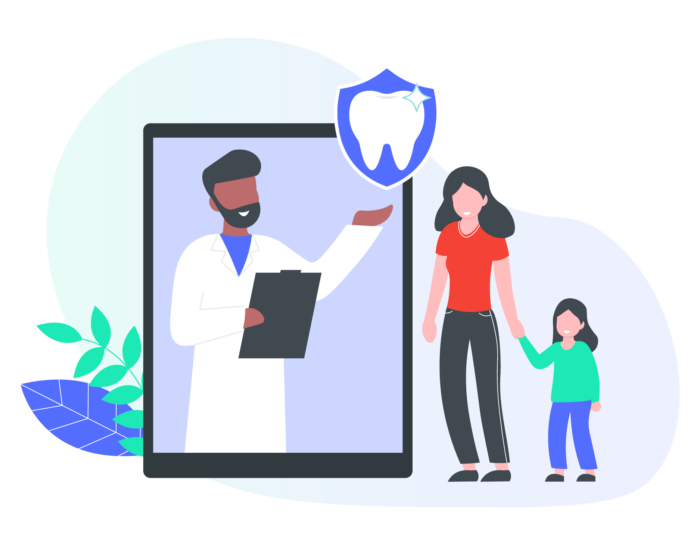

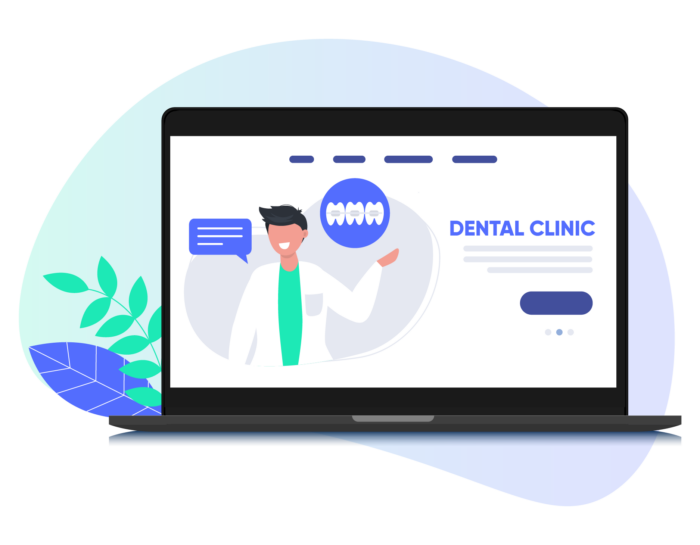

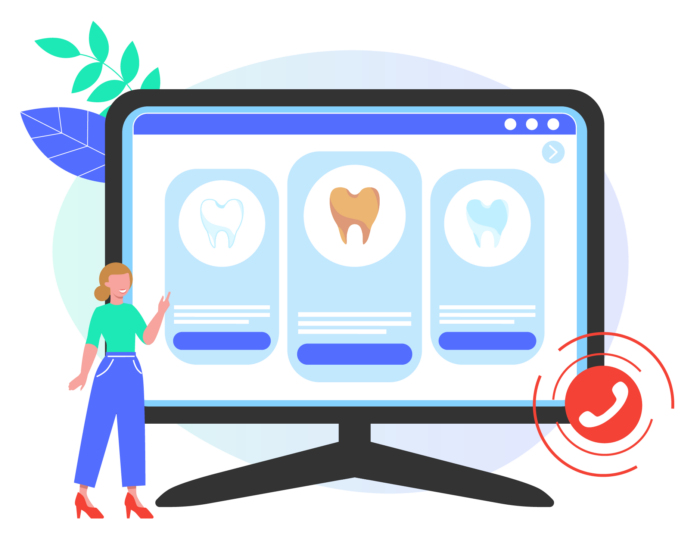
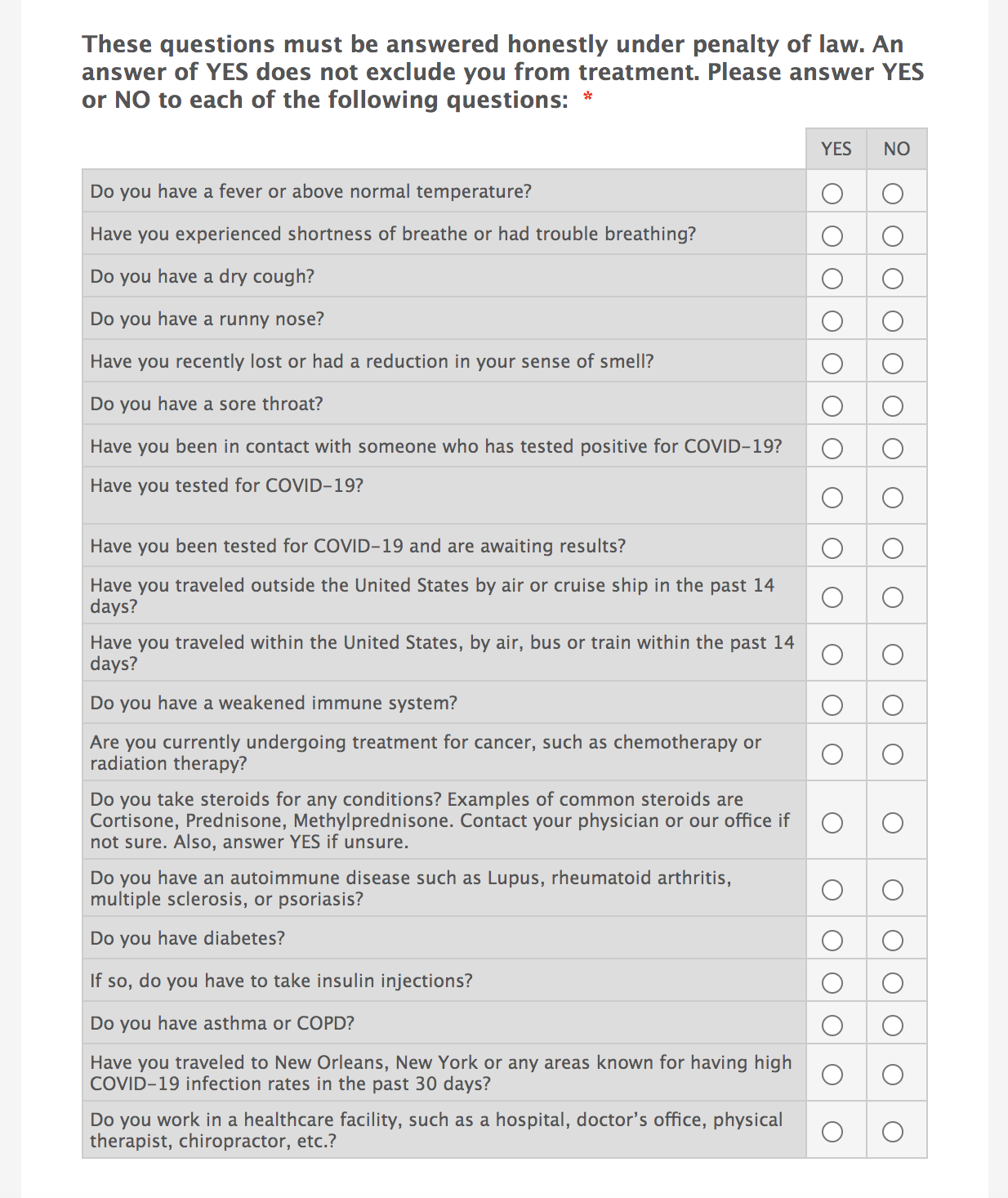

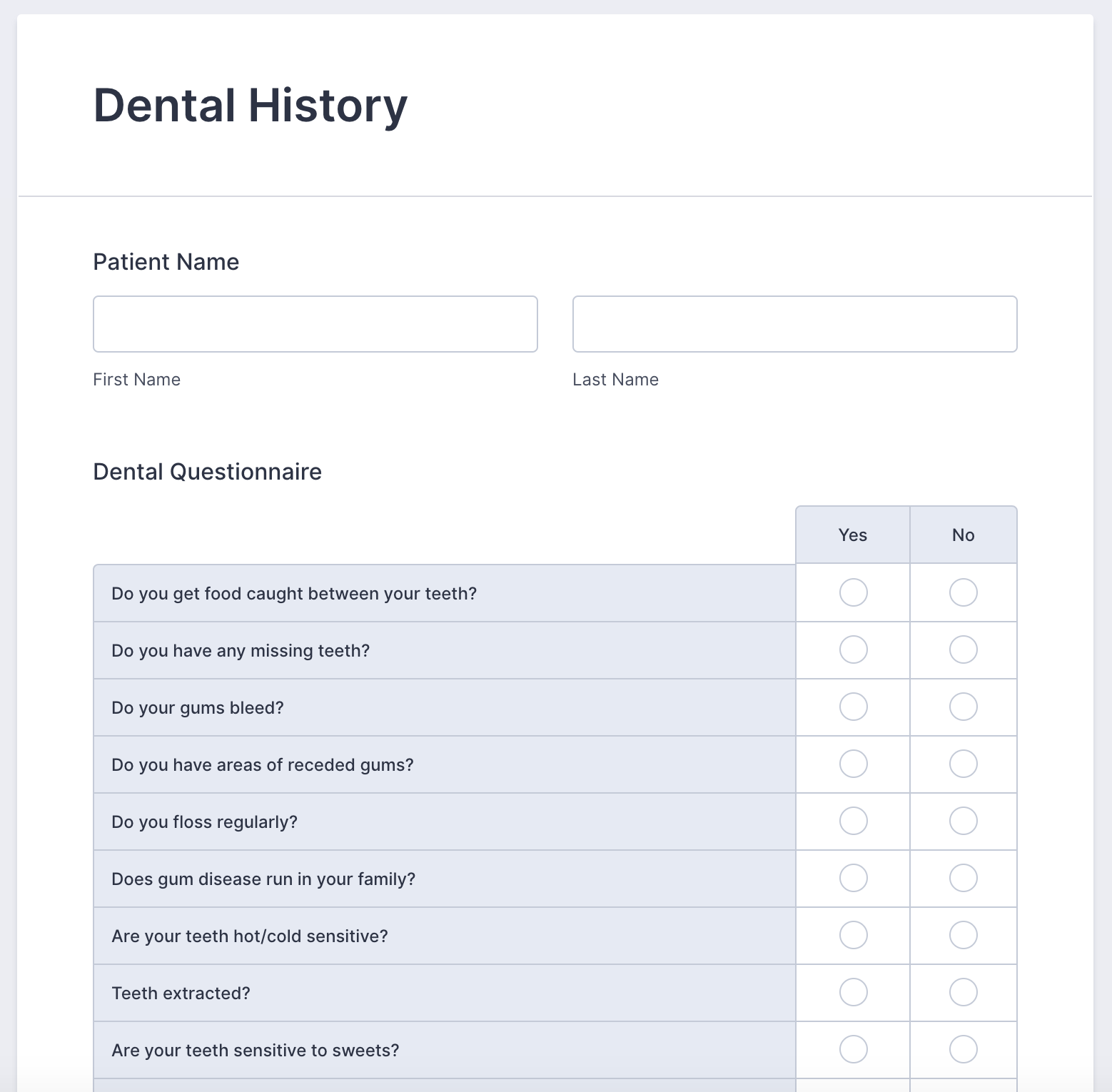








Send Comment: